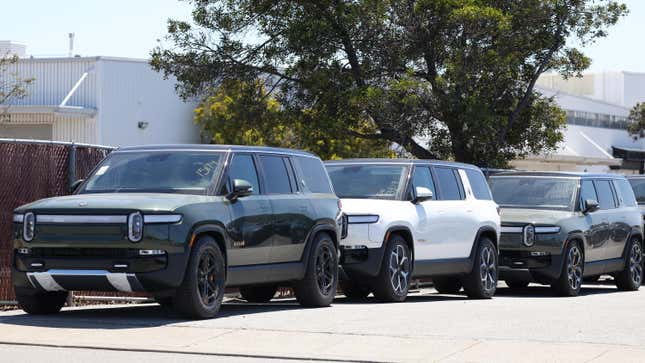
The Environmental Protection Agency’s annual report on automotive trends in the United States illustrates a strange landscape. At a nationwide average of 26 miles per gallon, fuel economy has never been better. Vehicle carbon dioxide emissions are also at an all-time low. However, pickup trucks and SUVs continue to dominate the market, directly contradicting a correlation the agency even laid out in the very same report. Page 15 of the EPA report reads:
Vehicle CO2 emissions and fuel economy are strongly influenced by vehicle design parameters, including weight, power, acceleration, and size. In general, vehicles that are larger, heavier, and more powerful typically have lower fuel economy and higher CO2 emissions than other comparable vehicles.
Electric and hybrid vehicles have started to upend this paradigm. Sedans and wagons are no longer the best vehicle class for fuel mileage or emission. EPA’s Car SUV class emits 250 grams of CO2 per mile versus 260 grams per mile for the Sedan/Wagon class. The Car SUV class consists of small crossovers like the Ford Escape, the Honda CR-V and the Hyundai Kona.
The numbers are a bit closer for fuel economy. The Car SUV class averages 33.4 miles per gallon versus 33.4 mpg for the Sedan/Wagon class. However, the EPA anticipates that the gap will be blown open to a three mpg advantage next year.
While cars and crossovers compete for peak efficiency, their market share continues to shrink. Pickup trucks, large SUVs and vans, all classified as trucks by the EPA, accounted for a record 63 percent of new vehicles. It might not seem conducive to the most fuel-efficient vehicle fleet ever, but the production share of plug-in hybrid and electric vehicles is growing exponentially. This growth isn’t uniform, with SUVs and pickups comprising nearly all of it.
It’s beneficial for everyone if the average car or truck uses less fuel, but there are consequences for allowing ever heavier vehicles on the road in such large numbers. Pedestrian safety is at the forefront of discussion, but road maintenance has to be mentioned. Heavier vehicles wear down roads faster, meaning more frequent resurfacings and more money from taxpayers.

